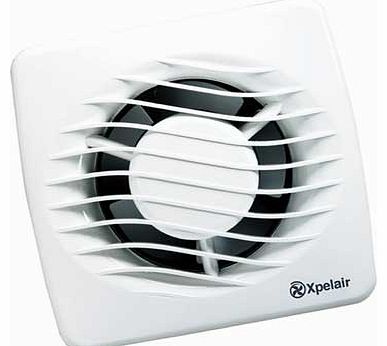
- #Kitchen extractor fan how to#
- #Kitchen extractor fan manual#
- #Kitchen extractor fan full#
- #Kitchen extractor fan plus#
#Kitchen extractor fan manual#
Your manual will also let you know what type of bulb to use. Check your user manual for more details.Įach cooker hood is different, so it’s best to check your user manual as to how you change the light bulbs. However this depends on how regularly the cooker hood is used and the types of food you’re cooking. It’s common to replace carbon filters every six month.
#Kitchen extractor fan how to#
These are removable and can generally be placed in the dishwasher. Here’s how to clean an extractor fan filter: First up you’ll need rubber gloves, white vinegar, bicarbonate of soda, hot soapy water and a soft brush for cleaning cooker hood filters. » What’s the best way to clean grease filters?.Never use solvents or aggressive cleaners as you could damage the finish. For regular cleaning a good method is to use a microfiber cloth and water. It’s best to clean in the direction of the polish lines.
#Kitchen extractor fan plus#
If the surface is greasy, use a clean cloth, warm water and washing up liquid. Kitchen Extractor Fans & Kitchen Ventilation NZ Plumbing Plus Products Kitchen Ventilation 62 Products Show 30 60 120 Manrose Cucina Duo Kitchen Fan From 428.

» What’s the best way to clean my cooker hood? Upgrading your kitchen Shop our gorgeous cooker hoods sizes, styles, energy ratings, maximum airflow kitchen extractor fans & more.You’ll only need a carbon filter if you’re recirculating air, as this will remove any smoke and odour, so the air that is recirculated back in to the room is nice and clean. This traps any grease particles in the air. Whether you’re extracting or recirculating air, both need a grease filter. » Do I need a grease filter or a carbon filter?.Take a look at how to work out your extraction rate above. Usually, if the cooker hood produces a humming sound when it is switched on, it points to a problem with the exhaust fan motor. The faster the extraction rate the faster the air will be cleaned, although the noise level may go up, so faster isn’t always better. The extraction rate your kitchen needs all depends on its size. Your cooker hood manual will have more information on this. And for a gas hob the minimum gap between the two should be 75cm. When fitting a cooker hood above an electric hob you should have a minimum gap of 65cm. » How far away from my hob should the hood be positioned?.If you’re planning to extract air rather than recirculating it, it’ll need to be placed on an exterior wall. The cooker hood needs to be positioned directly above your hob with an electricity supply nearby.


#Kitchen extractor fan full#
That's because cooking over high heat produces carbon monoxide, nitrogen dioxide, formaldehyde, fine particulate matter and other potentially dangerous byproducts. For a full range of range hoods and chimney hoods visit your local Harvey Norman. Now, imagine that your kitchen stovetop might create more pollution than some places that have famously filthy air – for example, in one study more than half of California homes featuring gas stoves had pollutant levels exceeding limits for outdoor pollution. You've undoubtedly seen ominous smog that hangs over heavily polluted metropolitan areas.


 0 kommentar(er)
0 kommentar(er)
